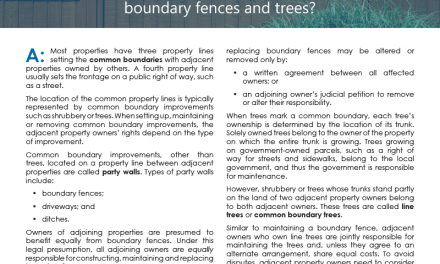First-time homebuyers in the Bay Area need to pay between 69% and 110% of their total household income to support a 30-year fixed rate mortgage (FRM) for a starter home, according to a new report by Trulia. Conventional wisdom concerning a balanced economy holds this allocation for shelter ought to be closer to 30% for both tenants and buyers.
Not surprisingly, the report on starter home affordability across the U.S. indicates nine out of the ten worst metropolitan areas for first-time homebuyers are here in California. The report reveals the sharp rise in income needed to purchase a starter home from Q1 2012 to Q1 2016.
The nine California cities with the steepest increases are:
- Oakland, which requires 29% more income today than in 2012;
- Los Angeles, which requires 28.2% more income;
- San Jose, which requires 26.6% more income;
- San Francisco, which requires 24.7 more income;
- Sacramento, which requires 23.3% more income;
- Orange County, which requires 22.6% more income;
- Ventura County, which requires 19.8% more income;
- San Diego, which requires 18.1% more income; and
- Riverside, which requires 16.8% more income.
The only non-California city to weasel into the top ten worst spikes is Miami, Florida with a 19.2% increase in income needed over 2012.
The percentage increase in the specific amount of their household income individual buyers need to purchase a starter home varies. However, it is the most crippling and pronounced in the Bay Area. The top three Bay Area cities require:
- 69.2% of a buyer’s income to purchase in Oakland;
- 86.7% of a buyer’s income to purchase in San Jose; and
- 110.5% of a buyer’s income to purchase in San Francisco.
These cities are closely flanked by Los Angeles and Orange County, which require 88.1% and 78.2% of a buyer’s income, respectively.
Why starter homes matter
Though the concept of “affordability” is inherently flawed as it is muddied by its reliance on the abstraction of median pricing, these broader conclusions are indicative of a growing problem. Starter homes have a critical role in the transition into homeownership. First-time buyers purchase starter homes with the intention of building up equity and later trading up to an ideal family home they will occupy for a prolonged period of time. Without an initial toehold to leverage themselves into the future ownership of an ideal property, the ownership catalyst for the future of housing is missing from the equation.
The increase in price and decrease in inventory — which according to Trulia is down to a scant 158 starter homes for sale in San Francisco — is partially the result of mid-tier homeowners trading down. The average mid-tier home price across California increased 8% from January 2015. This increase pushed mid-tier homeowners down to purchase low-tier homes, those commonly defined as starter homes. In turn, low-tier prices increased 11% from January 2015. Homeowners who elsewhere are among the high-earning set are settling for these simpler homes, leaving mere scraps (at best) for first-time buyers scavenging the market.
Although the statewide pricing tiers speak for themselves, the issue is more pronounced in the usual culprit of San Francisco County. Low-tier home prices in the Bay Area increased 14% from December 2014 to December 2015; mid- and high-tier home prices also increased 10% in the same time period. Accordingly, local homebuyers are turning to adjustable rate mortgages (ARMs) and even second mortgages to catch up with price increases exceeding income growth and artificially expand their borrowing capabilities.
Real estate agents assisting first-time buyers can help by discussing mortgage shopping tools and mortgage assistance programs available for those just entering the homeownership battleground. [See RPI Form 312 and 320-4]
Agents need to explain to clients the anticipated (albeit brief) drop in home prices in San Francisco following the decline in home sales volume, expected in 2017. The dip in sales will lead to a temporary inventory increase, providing mid-tier buyers new homes to purchase and freeing low-tier starter homes once again for first-time buyers who are truly motivated to buy.














